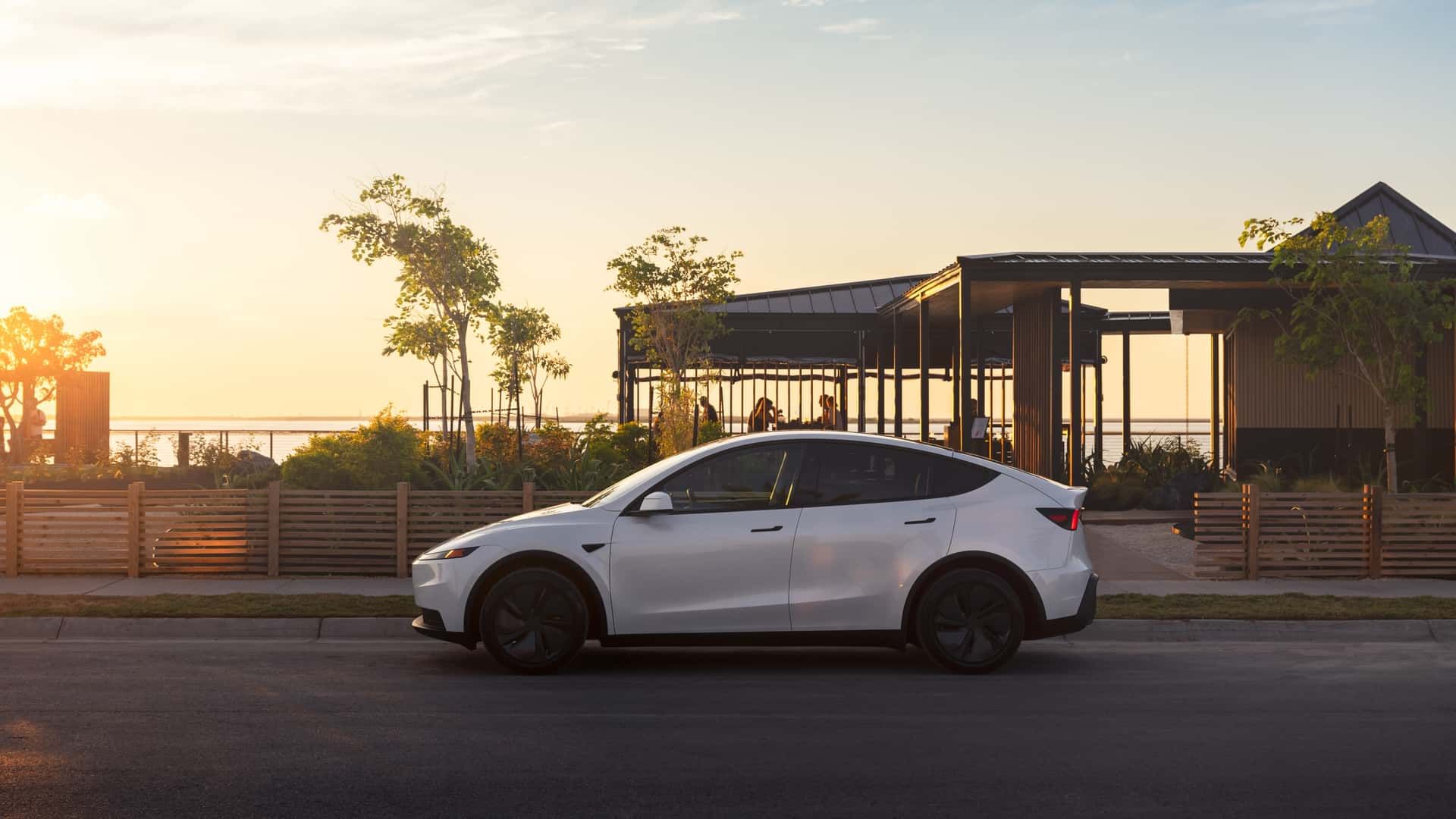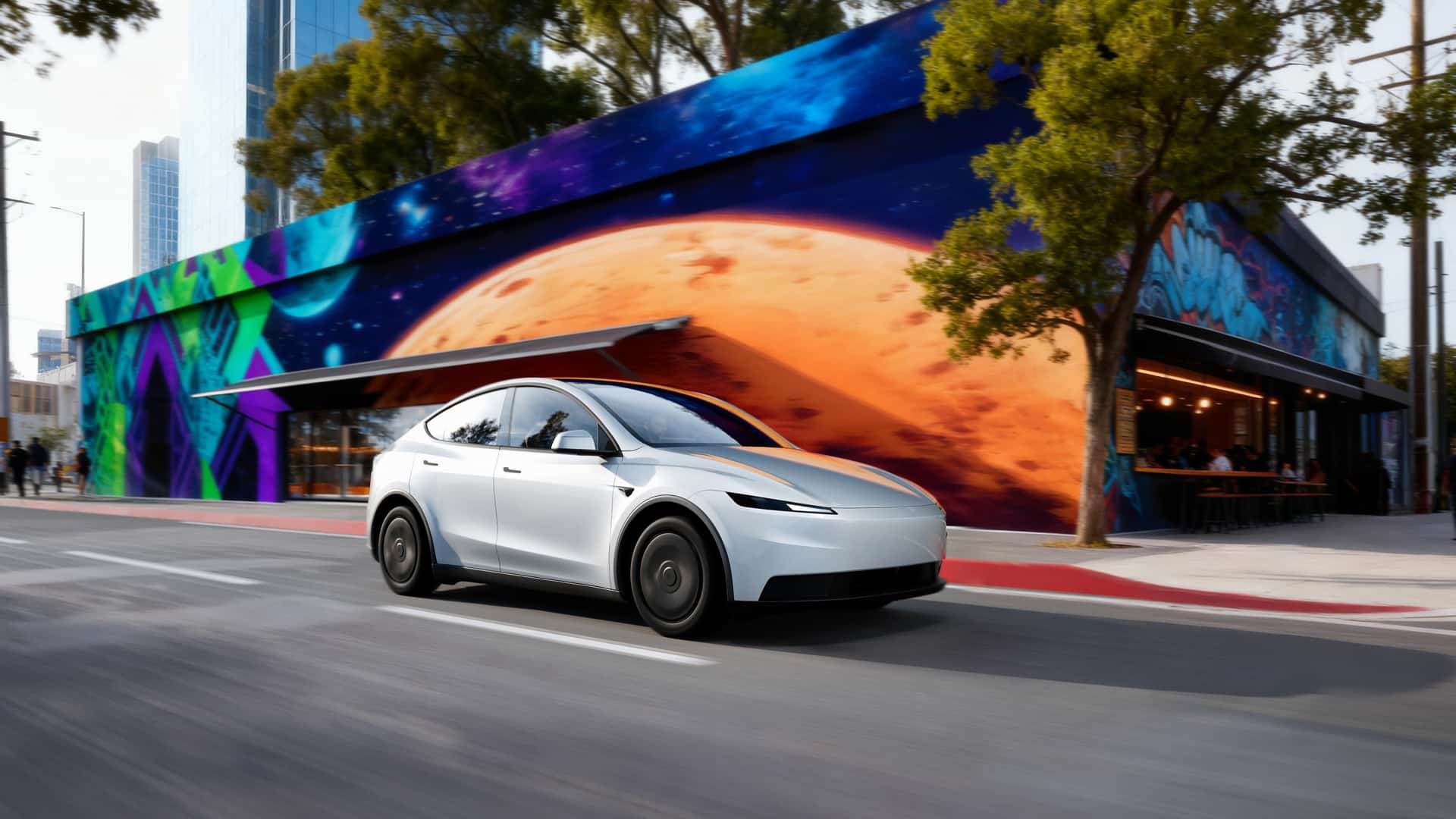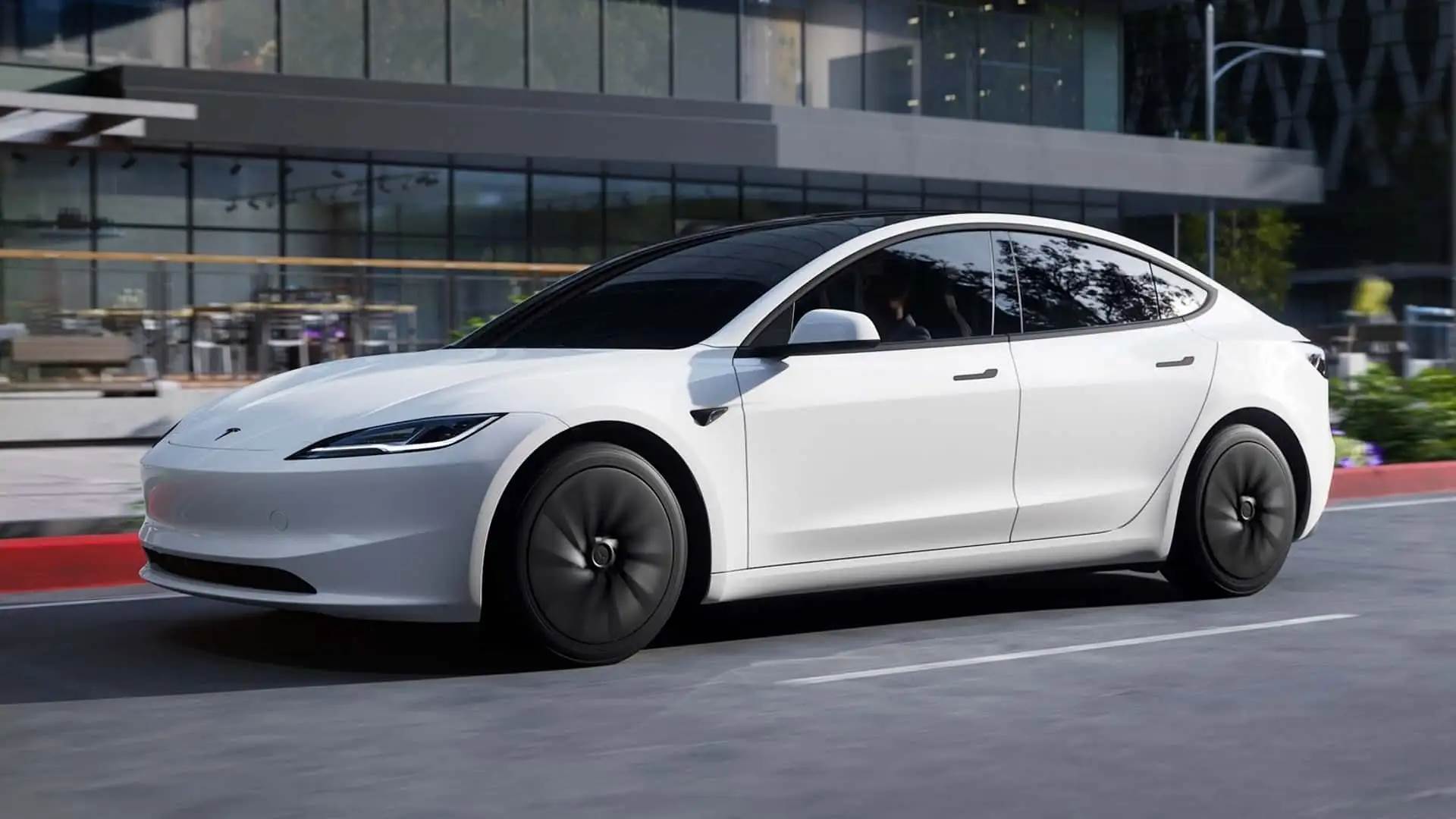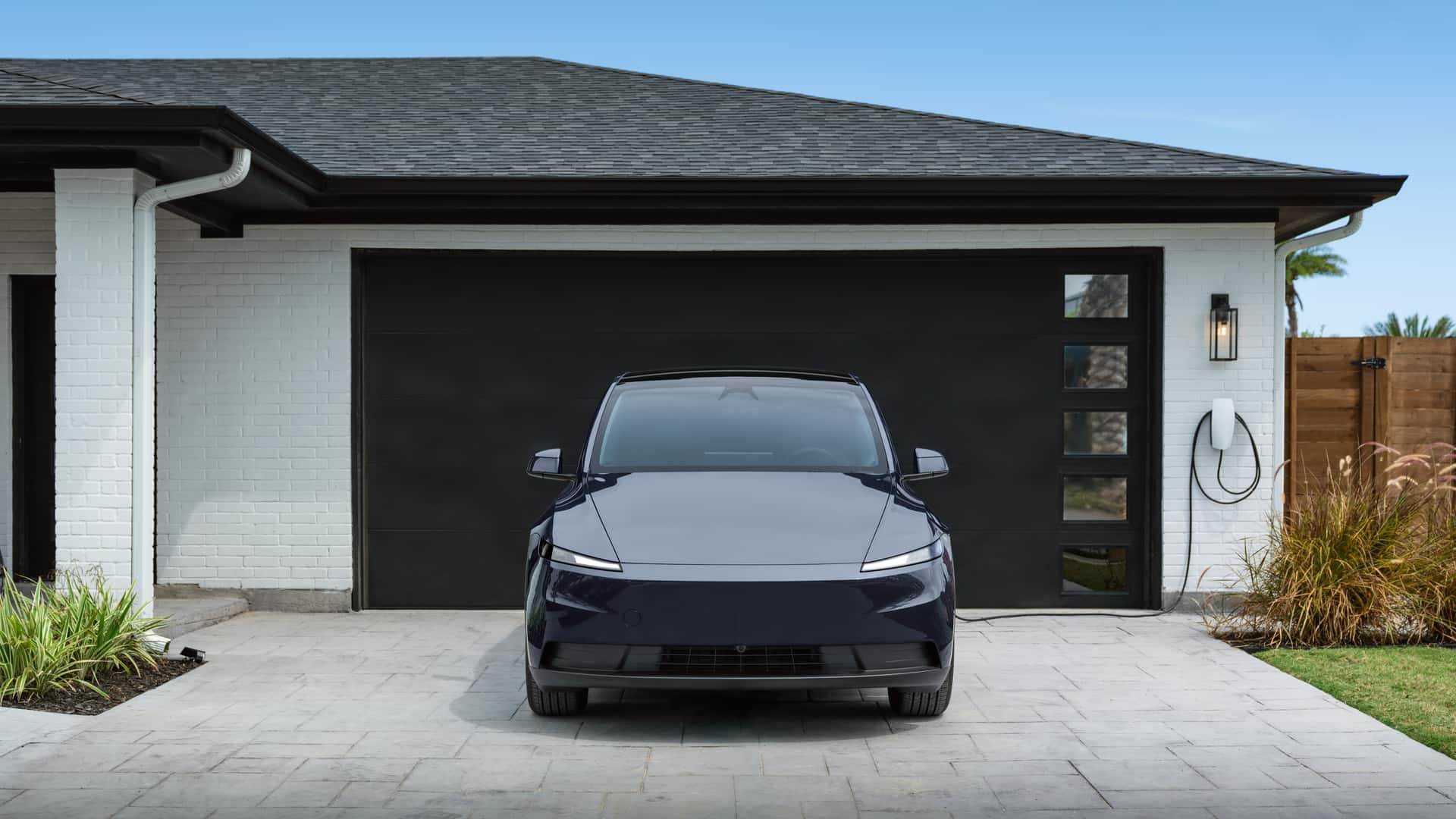
Tesla has unveiled the Model Y Standard and Model 3 Standard, two new entry-level variants aimed at boosting sales after a challenging period for the brand.
Alongside the launch, Tesla has reshuffled its trim hierarchy, with the former Long Range models now badged as Premium, while Performance continues to sit at the top. Tesla says it has lowered the prices and made its EVs more accessible without compromising core performance.
The new variants have been launched in the US, with markets like the UK expected to follow soon.
- Model Y and Model 3 starting prices are up to USD 5,500 lower now
- Fewer comfort features in Model Y and Model 3, but core tech unchanged
- Move comes in the face of rising pressure from Chinese and legacy carmakers
Tesla Model Y Standard: What’s been trimmed
Power dips to 300hp; 69.5kWh battery offers up to 517km of range

The new Model Y Standard will start at USD 39,990 (approximately Rs 35.49 lakh) in the US, which is USD 5,500 (around Rs 4.88 lakh) lower than the regular Model Y. To achieve this price point, Tesla has done away with a few features but kept the driving experience intact.
On the outside, the light bars are gone, the smaller 18-inch wheels are standard, and only white, black and grey colour options remain. The Standard variant also loses the Model Y’s signature panoramic glass roof, replacing it with a sealed headliner and added insulation.
Premium features are pared back as well: side mirrors and steering are manual, there’s no heating for rear seats, the second-row screen has been removed, the audio system is down to seven speakers, and there’s a minimalistic, Cybertruck-inspired centre console.
Power has dipped to 300hp, with a smaller 69.5kWh battery replacing the 75kWh unit on the Premium (622km range), offering up to 517km of range. The Model Y stays efficient and comfortable, just more value-focused.
Tesla Model 3 Standard: Whats been trimmed?
Entry-level Model 3 gets minor tweaks, 69.5kWh battery pack, 286hp motor

The Model 3 Standard is now the most affordable Tesla sedan, priced at around USD 36,990 (Rs 32.82 lakh), bringing down the car’s starting price by about USD 5,000 (Rs 4.88 lakh).
Unlike the Model Y, exterior changes are minimal. It gets standard 18-inch wheels; 19-inchers are optional. Paint choices are limited to grey (free), while white and black cost extra.
Inside, cost-saving continues with textile seat inserts, manual steering adjustment and no rear touchscreen, though the panoramic glass roof remains.
The battery pack is smaller at 69.5kWh, with 10 percent less capacity; it’s good for up to 517km on the 18-inch wheels, matching the Model Y’s figures. A single rear-mounted 286 hp motor drives the Standard, hitting 0-100 kph in 5.8 seconds. It’s slightly slower than the Premium RWD, but still delivers instant torque and efficiency in a more budget-friendly package.
Core digital features remain
Screen, Autopilot, Sentry Mode Unchanged.

Despite these revisions, the core technology and user experience remain unchanged, including the 15.4-inch central touchscreen, Autopilot, Sentry Mode, Dog Mode and smartphone-based key access, maintaining Tesla’s digital-first interface.
By stripping away some of the luxury touches and shaving performance slightly, Tesla has managed to create more accessible versions of its two bestsellers.
Strategic play to counter market slowdown
New variants push Tesla closer to true mass‑market EV territory.
The new Standard variants arrive at a crucial time for Tesla, following a 13 percent drop in global sales and a 12 percent fall in revenue between April and July. By cutting entry prices, the company aims to steady demand and stay competitive against rising pressure from Chinese and legacy carmakers.
Tesla CEO Elon Musk has admitted that the carmaker may face “a few rough quarters”, making this pricing rethink vital to restoring momentum and expanding market reach. The more affordable models position Tesla closer to the mass-market EV segment without diluting its core appeal.
Also see:
2025 Tesla Model Y India Review: Is The Hype Real?

